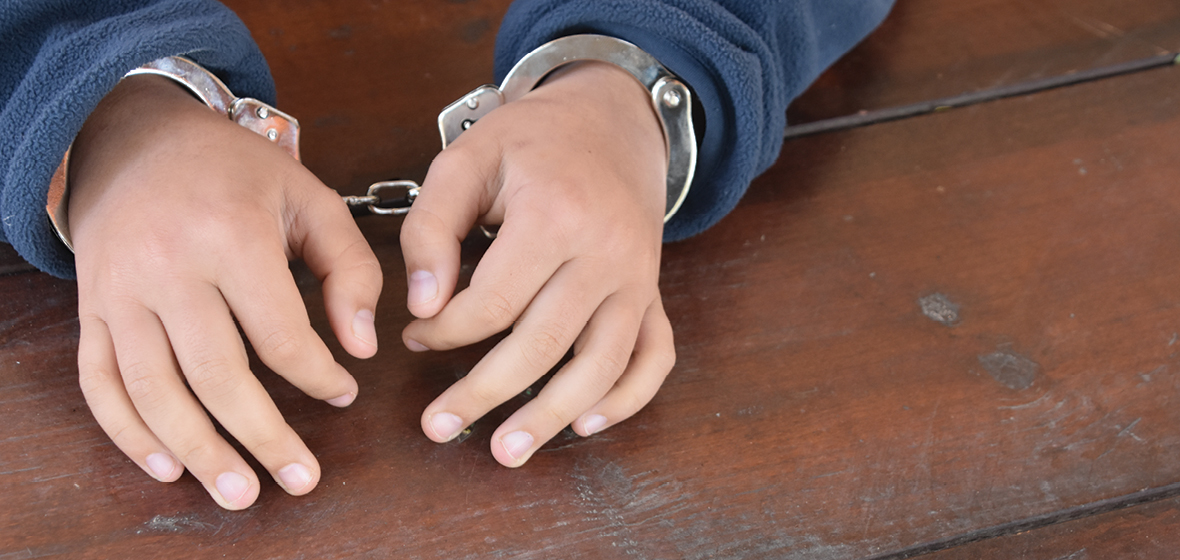A NSW police initiative that targets young people deemed at high risk of offending has led to “unreasonable, unjust and oppressive” interactions, some involving Indigenous children as young as nine years old.
The Law Enforcement Conduct Commission presented its findings on the Suspect Target Management Plan (STMP) to NSW Parliament on 13 February. Among its findings was that the risk assessment process used to determine which young person to place on a plan may have introduced an unacceptable risk of bias.
The Commission found a high proportion of young people identified as Aboriginal or Torres Strait Islander were placed on an STMP.
“Our analysis suggests overt and intrusive policing tactics have been applied by the NSW Police Force resulting in apparently unreasonable surveillance and monitoring of young people,” the report found.
The police watchdog examined 429 young people who were placed on an STMP between 2016 and 2018, following research by the Youth Justice Coalition in 2017 that found the program was increasing contact between the police and targeted young people but having no observable impact on crime prevention.
One case study highlighted by the Commission was a nine-year-old Aboriginal boy who had no charge history and had been identified by police as a child at risk and a victim of domestic violence.
After the boy was placed on an STMP as an active target, he was charged 94 times; the most serious alleged offence was aggravated armed robbery.
“The LECC’s findings confirm what we are hearing from young people on STMPs: police are overwhelmingly using it as a tool to harass and surveil young people,” said Camilla Pandolfini, Principal Solicitor at the Public Interest Advocacy Centre and one of the authors of the 2017 report.
“In some cases, young children have been targeted with these invasive policing strategies even though they haven’t been charged with any crimes – but in fact are known to police as being the victims of crime or children at risk.
“Exposing these children to even more interactions with police and the criminal justice system has a serious negative impact on the young person and runs counter to the efforts that are being made to divert young people from the criminal justice system.
“We continue to have serious concerns about the lawfulness of these proactive policing measures, particularly seemingly arbitrary ‘home visits’. This policing practice has no lawful basis and should be ceased immediately.”
The report found the police “did not undertake evidence-based evaluations to assess the success, or otherwise, of the STMP on targeted individuals”.
The Commission has made 15 recommendations to NSW Police, which have been accepted. This includes a recommendation that the police create a risk assessment tool for the STMP that has been deemed useful and reliable with young people.
Another recommendation is “the NSW Police Force consider how police interactions with young STMP targets can be limited to … officers trained in youth policing strategies”.




